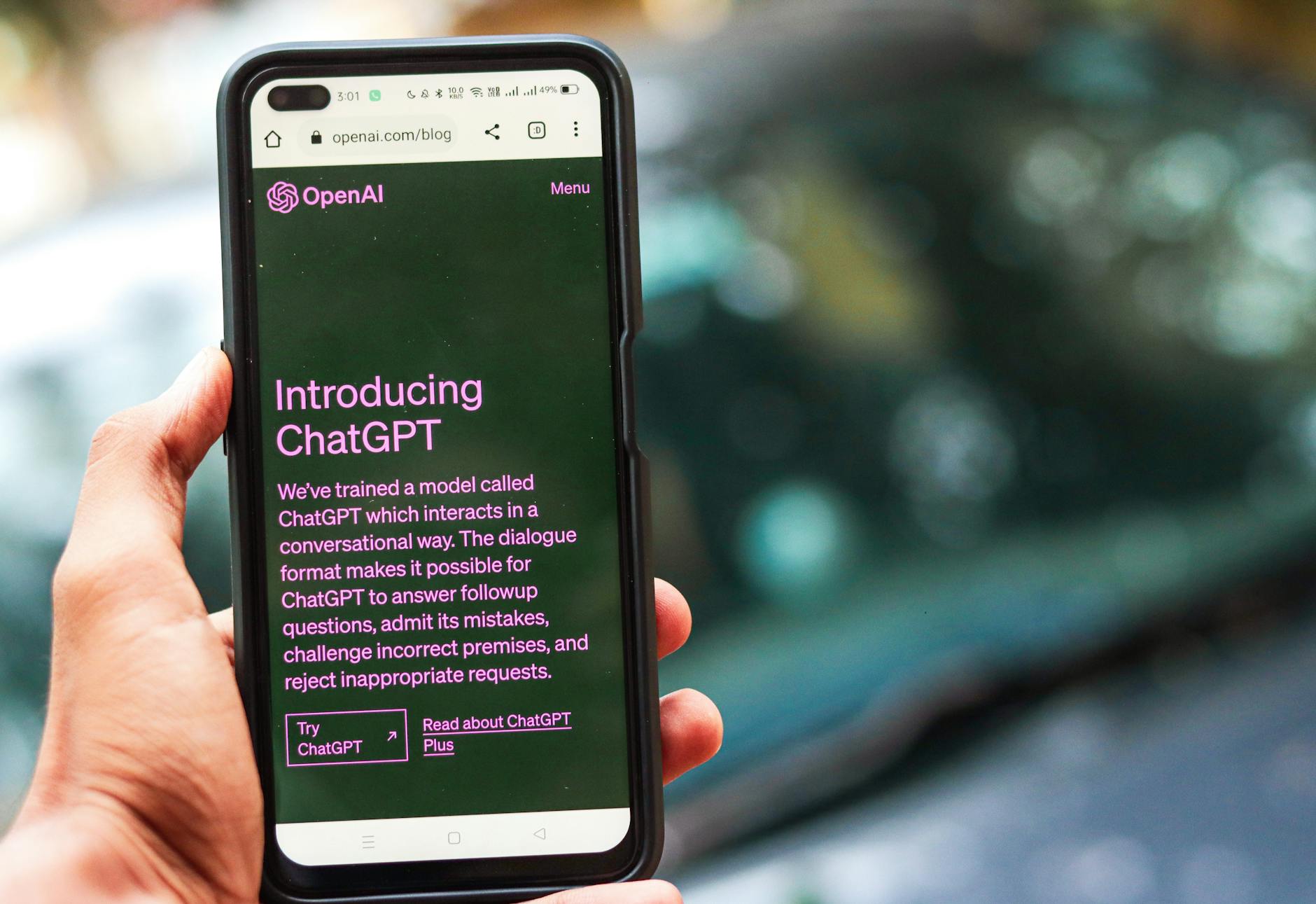Adobe’s AI Foundry: Innovation or Just a Masterclass in Enterprise Vendor Lock-in?

Introduction: Adobe’s latest play, AI Foundry, promises enterprises a deeply personalized Firefly experience, embedding brand DNA directly into its generative AI. While the allure of bespoke AI is undeniable, a closer look reveals a strategy that raises questions about true innovation versus a sophisticated, high-touch services model designed to tighten Adobe’s grip on the enterprise creative pipeline.
Key Points
- Adobe is positioning AI Foundry as a premium, managed service for deeply embedding corporate IP into Firefly, moving beyond simple fine-tuning to “rearchitecting” the base model.
- This represents a significant shift towards high-cost, high-touch, custom-built AI solutions for large enterprises, potentially creating substantial new revenue streams for Adobe.
- The concept of “deep tuning” and the need for Adobe’s direct intervention could lead to increased vendor dependency and opaque long-term costs for clients.
In-Depth Analysis
Adobe’s AI Foundry isn’t just another product launch; it’s a strategic declaration in the increasingly competitive enterprise AI space. By offering “deep tuning”—a process Elsakr likens to “surgically reopening” Firefly’s base models for continuous pre-training with a client’s specific IP—Adobe aims to solve the gnawing problem of generic generative output. Enterprises, particularly those with strong brands like Home Depot and Disney, desperately need AI that speaks their language, understands their aesthetic, and respects their intellectual property. Foundry directly addresses this by promising Firefly models that “know a company’s brand tone, image and video style, products and services and all its IP.”
This move differentiates Adobe from many competitors who offer self-service fine-tuning tools, often API-driven, which place the onus of data preparation, training, and iteration squarely on the client. Adobe, recognizing the complexity and resource demands of truly effective enterprise-level AI customization, is opting for a white-glove, advisory service approach. They’re not just providing the tools; they’re providing the highly skilled human capital to do the “rearchitecting” and “retraining.” This is less a software sale and more a high-end consulting engagement backed by proprietary AI.
The distinction between “custom Firefly models” (single concept, image-only) and Foundry models (multimodal, multi-concept, deeply IP-integrated) is crucial. It’s an attempt to segment the market and offer increasingly sophisticated tiers of customization. For large organizations struggling with the disconnect between off-the-shelf generative AI and their exacting brand standards, Foundry could be genuinely appealing. It promises consistency, brand safety, and a reduction in post-generation manual adjustments. The real-world impact will be seen in whether this investment truly streamlines creative workflows and enhances customer engagement, or if it simply adds another layer of proprietary complexity and cost to the creative process. The challenge for enterprises will be to quantify the ROI on such a significant and continuous investment in bespoke AI.
Contrasting Viewpoint
While Adobe frames AI Foundry as a groundbreaking evolution, a skeptical eye might view “deep tuning” as a rebranding of advanced fine-tuning or domain adaptation, delivered as a premium managed service. The technical novelty might be less about a revolutionary breakthrough in AI methodology and more about Adobe leveraging its proprietary models and expert teams to perform complex, labor-intensive customization that most enterprises lack the in-house expertise or desire to execute themselves. Competitors in the open-source community, or even other large model providers, could argue that similar results can be achieved with greater flexibility and potentially lower long-term costs through robust, self-service fine-tuning platforms or by leveraging specialized third-party AI consulting firms. The “surgical reopening” sounds powerful, but it also implies a deep embedding within Adobe’s ecosystem, raising concerns about vendor lock-in. Once your entire brand IP is woven into their bespoke model via their proprietary “continuous pre-training,” extricating yourself to explore alternative AI solutions could become prohibitively expensive and complex. Furthermore, the scalability of Adobe’s human teams for this high-touch “advisory service” model will be a significant challenge as demand inevitably grows.
Future Outlook
In the next 1-2 years, AI Foundry is likely to see adoption among a select tier of very large, established enterprises with substantial creative budgets, stringent brand guidelines, and a high volume of content creation (like Disney and Home Depot). Its promise of deeply integrated, brand-compliant generative AI addresses a genuine pain point for these organizations, who are often wary of generic or unbranded AI outputs. However, the biggest hurdles for broader adoption will undoubtedly be cost and the scalability of Adobe’s specialized teams. The “advisory service” model, while effective for a few, cannot scale indefinitely without significant investment in personnel and training. Furthermore, the rapid advancements in open-source multimodal models, coupled with increasingly user-friendly fine-tuning interfaces, could eventually democratize “deep tuning” to a degree that challenges Adobe’s premium offering. The long-term success of AI Foundry hinges on whether its bespoke nature delivers tangible, quantifiable ROI that outweighs the considerable financial and strategic investment for enterprises.
For more context, see our deep dive on [[The Enterprise AI Bottleneck and Vendor Lock-in]].
Further Reading
Original Source: Adobe Foundry wants to rebuild Firefly for your brand — not just tweak it (VentureBeat AI)